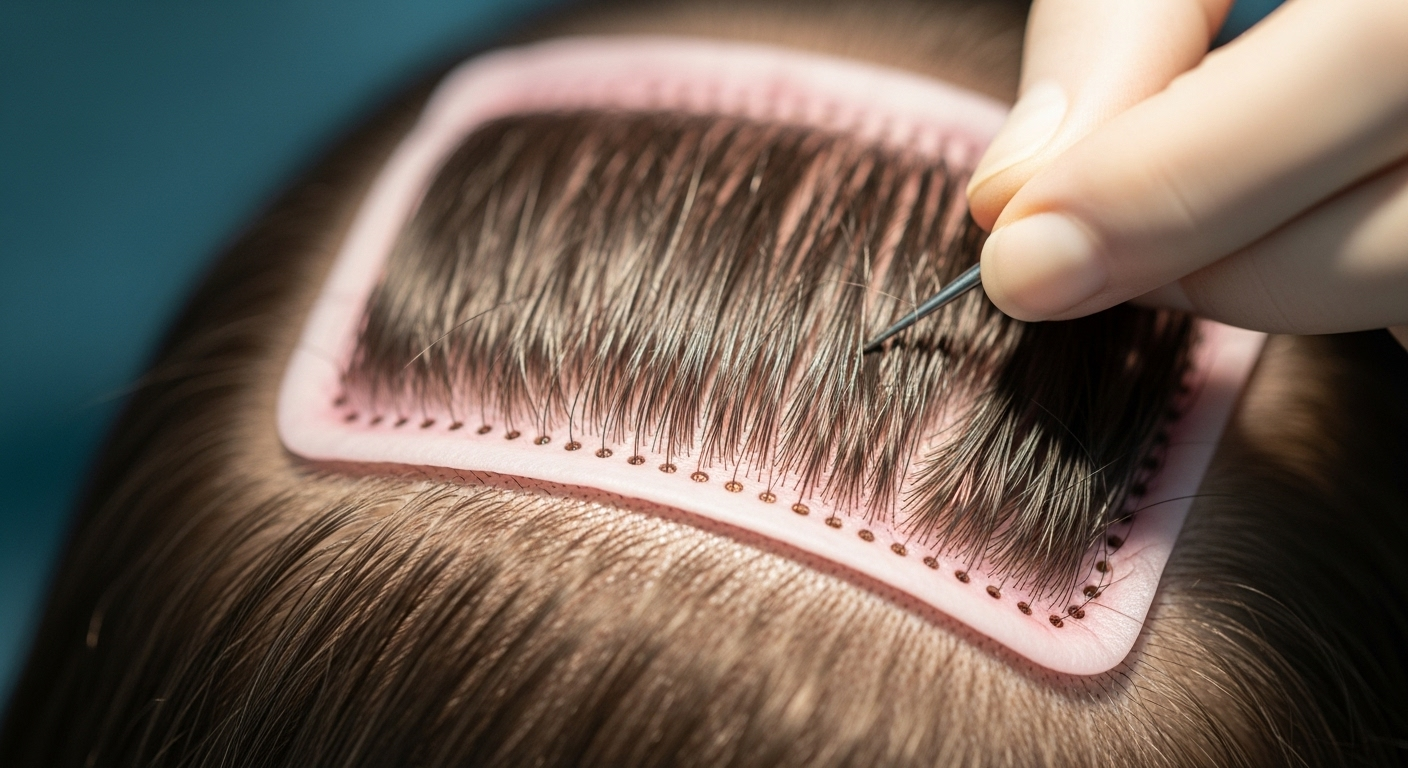Scalp Micropigmentation: The Art of Hair Illusion
Scalp micropigmentation (SMP) has emerged as a groundbreaking solution for those struggling with hair loss and thinning. This innovative technique involves depositing pigment into the scalp's dermal layer, creating the appearance of a fuller head of hair or a closely shaved look. Unlike traditional hair restoration methods, SMP doesn't require surgery or ongoing maintenance, making it an attractive option for many. The process has gained traction in recent years, with celebrities and everyday individuals alike turning to this procedure to boost their confidence and transform their appearance. As the demand for non-invasive cosmetic treatments continues to rise, SMP has positioned itself at the forefront of hair loss solutions, offering a blend of artistry and medical precision.

The turning point came with the development of specialized pigments and needles designed specifically for use on the scalp. These advancements allowed practitioners to create tiny, hair-like impressions that closely mimicked the appearance of real hair follicles. As word spread about the effectiveness of SMP, it quickly gained popularity among those seeking alternatives to traditional hair restoration methods.
The Science Behind the Procedure
At its core, scalp micropigmentation is a form of cosmetic tattooing. However, it differs significantly from traditional body art in both technique and purpose. The process involves using a micro-needle to implant pigment into the scalp’s upper dermis, creating thousands of tiny dots that resemble hair follicles.
The science of SMP lies in understanding the scalp’s anatomy and how pigments interact with different skin types. Practitioners must consider factors such as skin tone, hair color, and the pattern of existing hair to achieve a natural-looking result. The pigments used in SMP are specially formulated to resist fading and color changes, ensuring long-lasting results.
Moreover, the depth at which the pigment is deposited is crucial. Too shallow, and the pigment may fade quickly; too deep, and it can spread, creating a blurred effect. This delicate balance requires extensive training and expertise, highlighting the importance of choosing a skilled SMP practitioner.
The Psychological Impact of Hair Loss and SMP
Hair loss can have a profound psychological impact on individuals, affecting self-esteem, social interactions, and overall quality of life. Studies have shown that people experiencing hair loss often report feelings of anxiety, depression, and lowered self-confidence. In this context, scalp micropigmentation offers more than just a cosmetic solution; it provides a means of reclaiming one’s identity and sense of self.
The transformative effect of SMP on an individual’s psyche cannot be overstated. Many recipients report feeling years younger and more confident after the procedure. This boost in self-esteem can have far-reaching effects, improving personal relationships, professional opportunities, and overall life satisfaction.
Interestingly, the psychological benefits of SMP extend beyond those with complete hair loss. Individuals with thinning hair or patchy baldness often find that SMP helps create the illusion of fuller, thicker hair, alleviating concerns about their appearance and reducing the stress associated with hair loss.
The Artistic Aspect of Scalp Micropigmentation
While the technical aspects of SMP are crucial, the artistic element is equally important. A skilled SMP practitioner must have an eye for detail and an understanding of aesthetics to create a natural-looking hairline and overall appearance. This artistry involves considering factors such as face shape, age, and personal style to design a result that complements the individual’s features.
The creation of a natural-looking hairline is particularly challenging and requires a keen artistic sense. A skilled practitioner will create a soft, slightly irregular hairline that mimics the natural growth pattern of hair. This attention to detail helps avoid the “painted on” look that can occur with less skilled applications.
Moreover, the artistry extends to blending the SMP with existing hair for those with partial hair loss. This requires a nuanced approach to ensure a seamless transition between the pigmented areas and natural hair, creating the illusion of fuller, denser hair growth.
The Future of Scalp Micropigmentation
As scalp micropigmentation continues to gain popularity, the field is evolving rapidly. Technological advancements are leading to more refined techniques and improved pigments, resulting in even more natural-looking and longer-lasting results. Some practitioners are exploring the use of digital mapping and AI-assisted design to create more precise and personalized treatments.
Additionally, the scope of SMP is expanding beyond male pattern baldness. Women experiencing hair thinning are increasingly turning to SMP as a solution, and practitioners are developing techniques specifically tailored to female hair loss patterns. There’s also growing interest in using SMP to camouflage scars from hair transplant surgeries or injuries, further broadening its applications.
As public awareness of SMP grows, it’s likely that we’ll see increased regulation and standardization within the industry. This could lead to more comprehensive training programs and certification processes, ensuring higher standards of practice and safer outcomes for clients.
In conclusion, scalp micropigmentation represents a fascinating intersection of medical science, artistry, and psychology. As it continues to evolve, SMP offers hope and renewed confidence to millions affected by hair loss, promising a future where the stigma of baldness may become a thing of the past. With ongoing advancements and growing acceptance, scalp micropigmentation is poised to remain at the forefront of non-invasive hair loss solutions for years to come.




